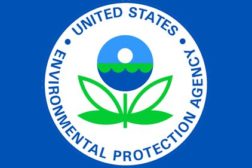Home » Keywords: » toxic
Items Tagged with 'toxic'
ARTICLES
RAE Systems MultiRAE Pro portable multi-threat monitor widely adopted by major U.S. government agencies including EPA
Advanced, real-time, wireless remote monitoring capabilities from the incident zone serves as key factor in selection of MultiRAE over competition
March 25, 2013
Know the unknown -- Using sensor-fusion to identify toxic chemicals
Free webinar helps safety managers get vital info
January 7, 2013
Become a Leader in Safety Culture
Build your knowledge with ISHN, covering key safety, health and industrial hygiene news, products, and trends.
JOIN TODAYCopyright ©2025. All Rights Reserved BNP Media.
Design, CMS, Hosting & Web Development :: ePublishing








